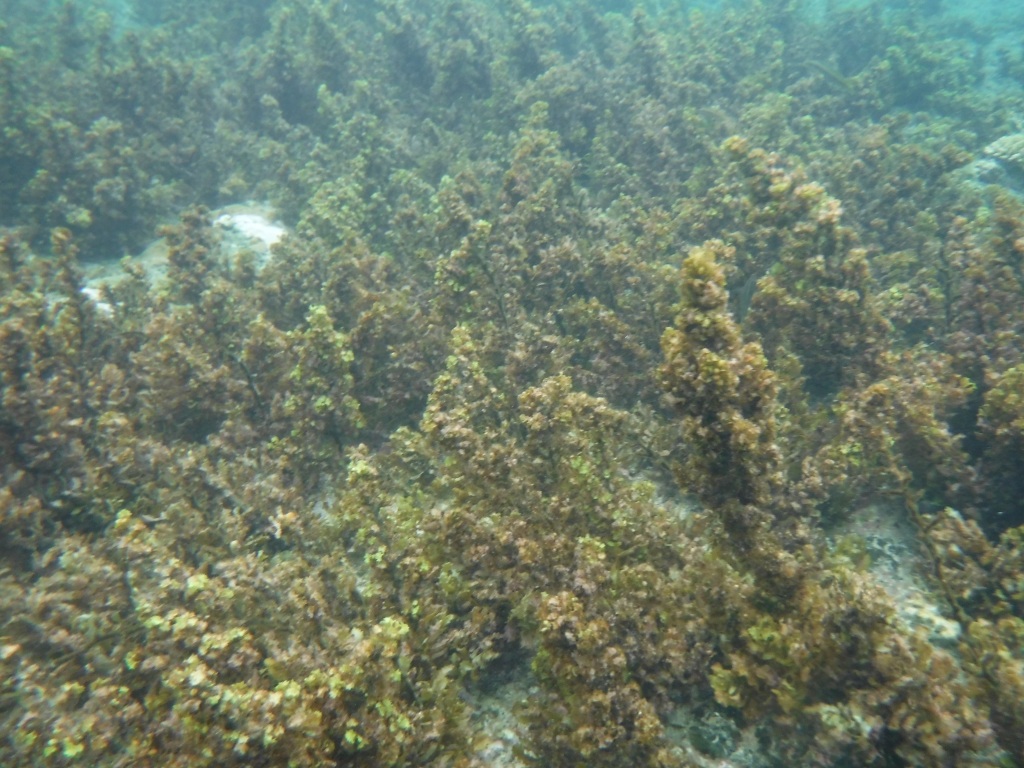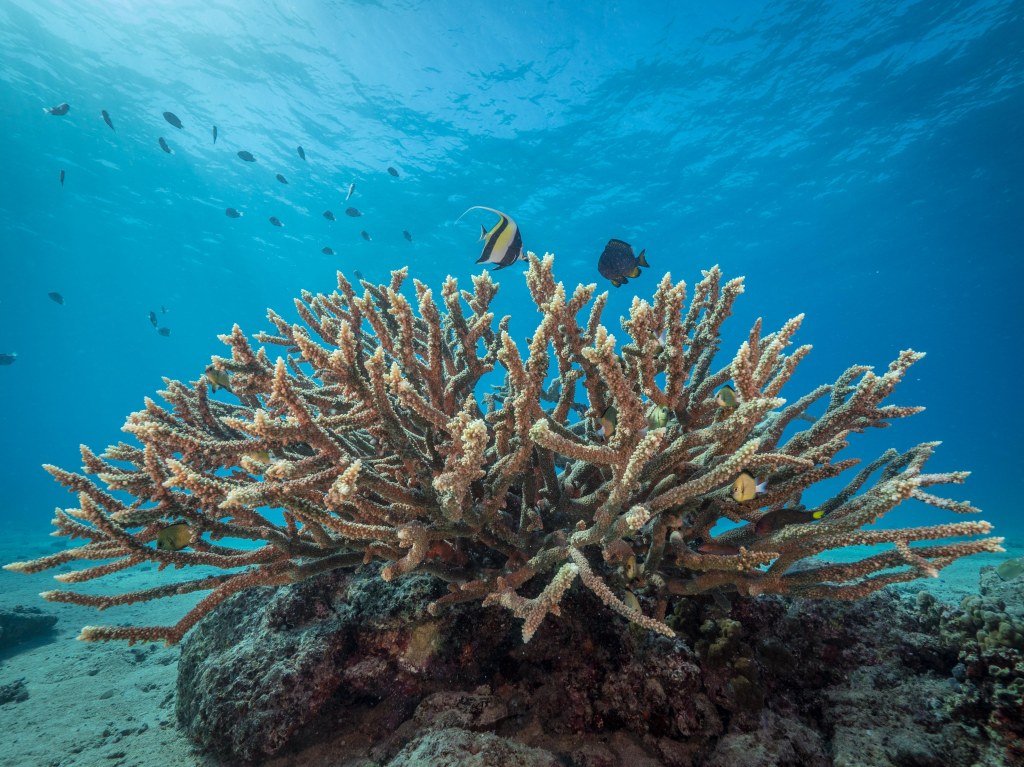The Convention on Biological diversity (CBD) defines biodiversity as “the variability among living organisms from all sources including inter alia, terrestrial, marine and other aquatic ecosystems and the ecological complexes of which they are part; this incudes diversity within species, between species and of ecosystems” cbd.int/convention/articles/?a=cbd-02
Biodiversity includes what we can see – big species, interactions between species above the surface and within our lives and the direct benefits we receive from ecosystems and species (food, protection, materials, resilience and more) and it also includes many species that we don’t see or interact with directly (bacteria, plankton etc).
However biodiversity is being lost around the world at an alarming rate with just recently 8 bird species declared extinct in Hawaii because of introduced pests such as mosquitoes, invasive species and habitat destruction . Many species that are under threat we cannot see and don’t interact with in our daily livelihoods such as bacteria, insects and bugs that provide links to sustainable and healthy agriculture (bees!)

Here in Tonga, biodiversity is managed under the National Biodiversity Strategic Action Plan which identifies key species, beneficial management interventions and further needs to address these critical issues. It is not an all encompassing guide to the biodiversity of Tonga.
A key issue in Tonga (and most places) is we just don’t have enough knowledge on all the species: native, endemic and endangered in Tonga due mostly to not having the technical and financial resources to identify all species (including moss, fungi, plankton, invertebrates and other cryptic yet hugely diverse groups). Studies such as the Rapid Assessment of Biodiversity in Vava’u conducted by the Government of Tonga, Secretariat of the Pacific Regional Environmental Programme, International Partners and VEPA in 2014, catalogued new species and added to the species lists for plants, corals, fish and invertebrates.
Key threats to biodiversity include:
- Habitat destruction – development without environmental impact assessments does not undertake the necessary surveys to identify key species and habitats within the area.

2. Invasive species – weeds, trees, mammals (rats), mussels and invertebrates, macro algae. All these impact native species and smother habitats (weeds, macroalgae)

3. Unsustainable use and activities – ring barking of mangroves, overfishing key species, use of metal bars in coral reefs and intertidal gleaning, unsustainable development
4. Pesticides, agricultural chemical use and run off
5. Solid waste pollution (dumping of waste and littering)

6. Natural disasters and climate change – weakened habitats through biodiversity loss and damage don’t provide as much natural resilience and increase damage to lives and livelihoods
7. Potential emerging activities – Deep Sea Mining (more about DSM later in the year!)
How can people help?
Map species (good ones and bad ones)
There are new (well new to us and our internet speeds) technologies that are helping to map both biodiversity and species of impact such as invasive species, these include INaturalist, where people can upload good quality photos and share where they found them. The species are verified by people on the internet once the photo is confirmed as good for identification. We are just starting our path with Naturalist but already an observation by Oscar Thomas Photography spotted a very rare dove – Manuma’a, Ptilinopus perousii. This bird species was previously thought locally extinct in the 1990’s with only a few sightings since. The area where it was seen is under active invasive species management by Government, SPREP and VEPA.
Reduce single use plastics especially littering
In Tonga, single use plastics are heavily used for shopping bags, take away boxes for foods, and littering is a common issues as is dumping of waste. You can reduce your plastic use by asking for a box in the shops, bringing your own bag or making your own from palm fronds.
Putting waste into bins provided around town and household waste picked up by Waste Authority also reduces littering from entering the ocean.
Sustainable harvesting and use – taking only what you need, making sure species are of recommended sizes that help maintain species populations (fisheries coastal management and development plan), strip barking on mangroves and trees.
Environmental Impact Assessments to reduce impacts from development and ensure best practices for sewage treatment, management of key species and reducing the impacts of habitat loss and damage to livelihoods.
Concluding thoughts
Nature and biodiversity bring massive benefits to humans through the services they provide, physical and emotional enjoyment, economic benefits and resilience for future generations yet it often doesn’t create the inclination to protect it.
Protecting biodiversity is really about helping ourselves too, protection and conservation come in many styles from strict actions of no-take, to species management and community driven approaches. By working together and having traditional knowledge and scientific data be the drivers, we hope to continue our efforts towards securing Tonga’s ecological future.
Thank you.
